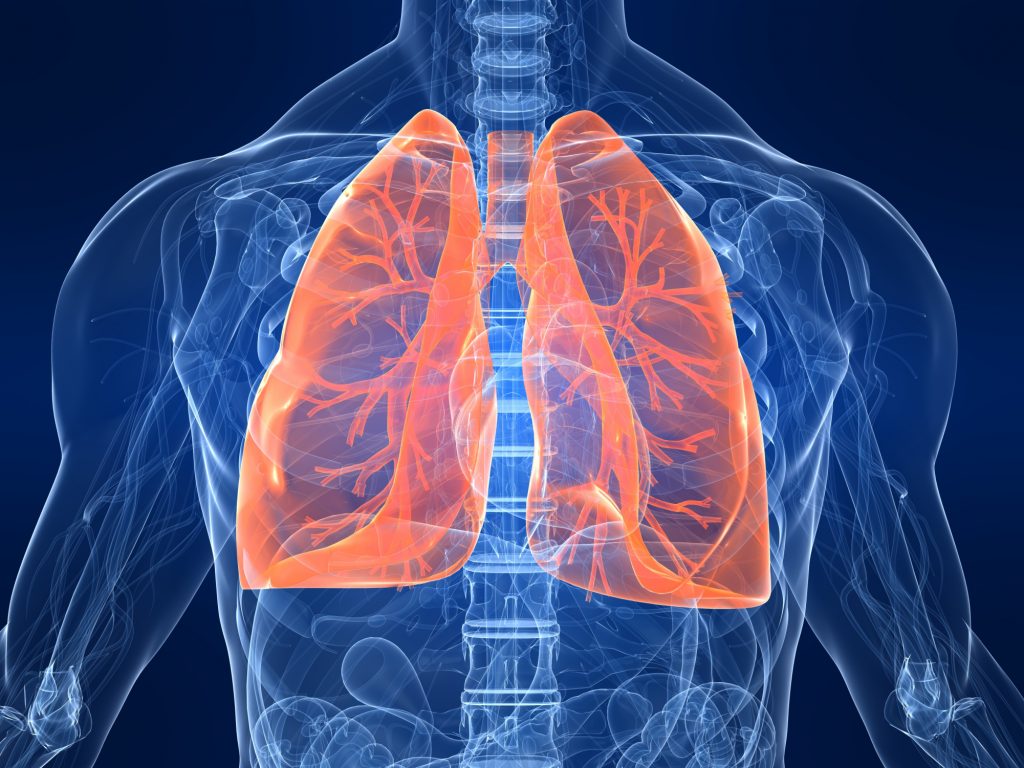The Most Common Cancer Type In Men In Our Country
Lung cancer; Grasping the prey of the crab with its gripper and being inspired to eat it slowly; Cancer, the word for which is crab, is a cell proliferation outside the control of the organism, which usually occurs when carcinogens disrupt signal transmission paths. It is a multi-step, genotoxic event that begins with the degradation of the DNA structure. Deaths in all types of cancer are caused by the metabolic changes that the tumoral tissue that does not respond to the organism’s signals develops more than itself. In our country, it is the most common cancer type in men after prostate cancer and 5th in women.
Smokers Are 30 Times More At Risk Than Non-Smokers

The frequency of lung cancer is increasing in our country and in the world. The most important factors affecting this increase are the increase in cigarette consumption and the age of starting smoking. Smoking is 85-90 percent responsible for lung cancer development. Therefore, smokers are 30 times more at risk than non-smokers. Smoking duration, age of onset, type of cigarette smoked, daily number also affect them.
The risk of developing lung cancer within 15-20 years after smoking ceases to a close level to non-smokers. Passive smoking also increases the risk of lung cancer twice. Therefore, the most important thing to do in preventing lung cancer is to fight tobacco and tobacco products. Increasing exposure to industrial and environmental factors and increasing the percentage of the elderly population in the society are other causes that trigger lung cancer. On the other hand, ship isolation, automotive industry, exposure to asbestos and other accompanying lung diseases also increase the risk. The risk of developing lung cancer increases especially after radiotherapy in women for breast cancer and lymphoma. Radon gas exposure also increases the risk.
Those with a family history of first-degree lung cancer have a 2-fold increase in lung cancer compared to normal individuals. People who have never had lung cancer in their first degree relatives have a 2.7 times higher risk of developing lung cancer compared to those without lung cancer in their family. Eating rich foods with antioxidants is important for preventing cancer development. While diet poor in beta carotene / retinol vitamin A increases the development of lung cancer, antioxidant consumption such as green tea decreases the development of lung cancer. It is stated that the meat fried in the fire is carcinogenic and the scalding is non-carcinogenic. Age is another factor that affects lung cancer.
While the risk of developing lung cancer increases with age, it is less common in young adults, while the risk reaches the highest level in the 60s and 70s, but these people often have a family history. The average age of occurrence in our country is around 60 years old, it is rarely seen under 40 years of age.
Multidisciplinary Approach Gives Successful Results In Appropriate Patients

Advanced stage cancer is the stages we call the 3rd and 4th stages. Stage 3 disease is a state that we call locally advanced into the adjacent tissues and holding the lymph nodes a little more than where the cancer is. Stage 4 is the distant metastasis of the bone, the opposite lung, adrenal glands, brain and liver metastasized. These regions are the places where lung cancer spreads most frequently. The treatment to be followed when such a diagnosis is made is as follows. If the 3rd and 4th stages are detected, the cell type is very important here. If the cell type that we call adenokersinom in the cell type has emerged, targeted therapies can be done by performing some genetic tests in them. Treatments performed after genetic tests in adenocarcinoma are point-by-point treatments. Chemotherapy can be taken and, depending on the location, if there is metastasis in the brain, radiotherapy can be applied or lung cancer stage can be regressed automatically by applying radiotherapy in the chest.
Again, if there is a lymph node involvement after treatment in a cancer that has entered stage 3 due to the lymph node, we can see that the place where the tumor was previously re-staged disappeared after chemotherapy or radiotherapy. Then we have a chance to operate. But when there is a station, we have a high chance of surgery. If there is more than one station, the chance of success is low and surgery does not come to the agenda. After all these examinations are examined carefully and meticulously, treatment is planned with a multidisciplinary approach if the patient’s condition is appropriate.
There Is No Disease, There Are Patients, Morale And Motivation Should Always Be Very High
We observe a regression in advanced lung cancer cases, but there is no disease, one should not forget the logic of the patient. The tumor is like people. The same type of cancer can have a different course in different people. Some are very aggressive and aggressive, while others are very slow and stable. For this reason, we should never give up on the treatment, I should not be disappointed by thinking that I have no chance.















